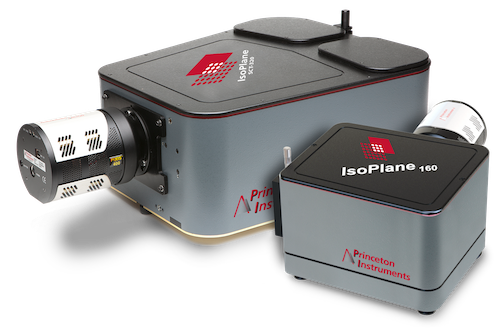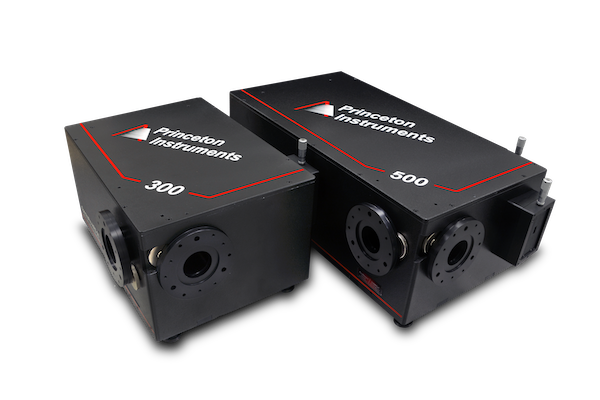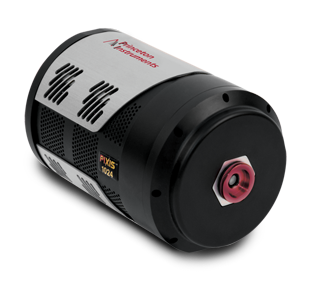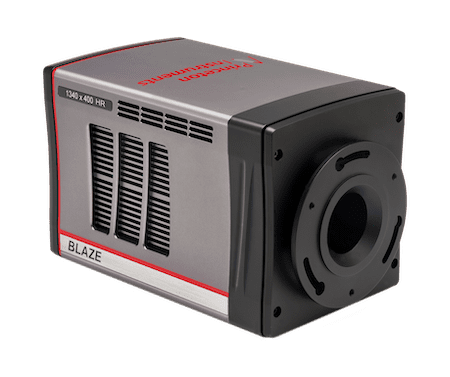General Raman Spectroscopy
Raman spectroscopy is a non-destructive technique spanning a wide range of scientific and industrial applications. It is often used to characterize or identify the chemical composition and structure of an unknown material. Incident laser light, in the UV, visible or NIR, is scattered inelastically from molecular vibrational modes of the sample.
The frequency difference (measured in relative cm-1) between the incident and scattered photons is called the Raman shift. The majority of inelastically scattered photons are found at positive Raman shifts, corresponding to lower energies and longer wavelengths – this is referred to as Stokes scattering. The scattered photons are analyzed by a spectrometer to produce a Raman spectrum.
With Stokes scattering, the energy of the molecule increases and the Raman scattered photons are red-shifted. With Anti-Stokes, the energy of the molecule decreases – so therefore the molecules must have already been in a vibrationally excited state – and the Raman scattered photons are blue-shifted.

Spectrometers for Raman Spectroscopy
IsoPlane Family
The IsoPlane family offers excellent signal-to-noise ratio, with high spectral resolution and imaging performance to ensure almost perfect capture of information from Raman scattering.
The IsoPlane family provides twice the light-gathering power of a typical Czerny-Turner spectrograph, necessary for the lowest light Raman scattering. This produces sharper images and improved resolution, ensuring all peaks within the resulting spectra are distinguished without the need for post-processing techniques.
With a unique optical design, the IsoPlane family completely eliminates astigmatism across the focal plane. This offers multichannel capabilities to obtain broad range spectral information. As Raman spectroscopy is an analytical technique, a broad range is essential to determine the chemical composition of samples.


SpectraPro HRS
The SpectraPro HRS is the standard for reliable high-performance spectroscopy, ensuring high spectral resolution, as well as an astigmatism-corrected design for repeatable quantitative chemical analysis.
The SpectraPro HRS is also equipped with spectral deconvolution (ResXtremeTM) and a grating drive system (AccuDriveTM) for increased spectral resolution, highly important for separating close Raman peaks.
The SpectraPro increases signal to noise ratio up to 60% with up to a three times improvement in wavelength accuracy, in comparison to a typical Czerny-Turner spectrograph. The SpectraPro can provide accurate and reliable spectra for all low-light Raman spectroscopy.
Cameras for Raman Spectroscopy
PIXIS
Raman scattering in the visible region of the electromagnetic spectrum requires high sensitivity in the 120-1100 nm range. The PIXIS offers >95% quantum efficiency over this range with low read noise.
To obtain all compositional information from a sample, it is essential that long exposure experiments do not result in high dark current. The PIXIS comes equipped with deep cooling, resulting in ultra-low dark current over long exposure times, ideal for Raman spectroscopy.
As Raman spectroscopy of different samples requires different parameters, the PIXIS offers front-illuminated, back-illuminated and back-illuminated deep-depletion options to ensure full spectral capture.


ProEM
The ProEM series features eXcelon™3 back-illuminated EMCCD sensors which offer higher NIR and UV quantum efficiency alongside reduced etaloning (fringing) providing better spectral quality for low-light Raman scattering within the UV and NIR range.
Raman spectroscopy requires highly sensitive cameras to obtain compositional sample information. The ProEM EMCCD camera is highly sensitive and thermoelectrically cooled for low noise.
BLAZE
For Raman spectroscopy within the 900-1700 nm wavelength range, the BLAZE spectroscopy camera offers high NIR sensitivity and low dark current.
The BLAZE delivers fast spectral rates to capture all available information alongside True -100℃ cooling. This level of deep cooling provides low spectral noise, ideal for low light applications and long exposure times – two characteristics of Raman spectroscopy.

